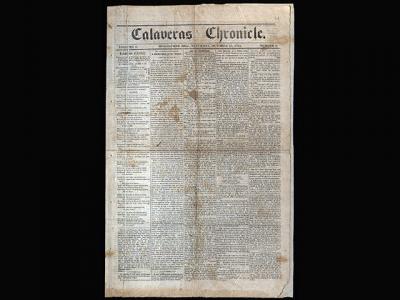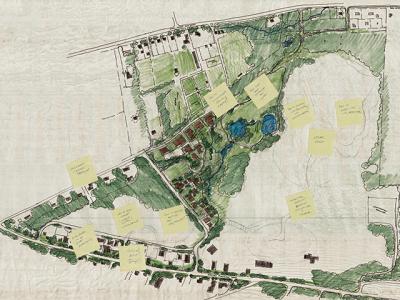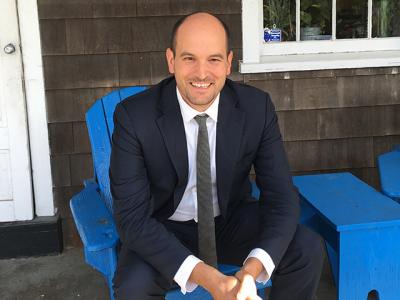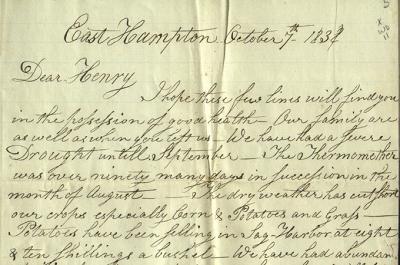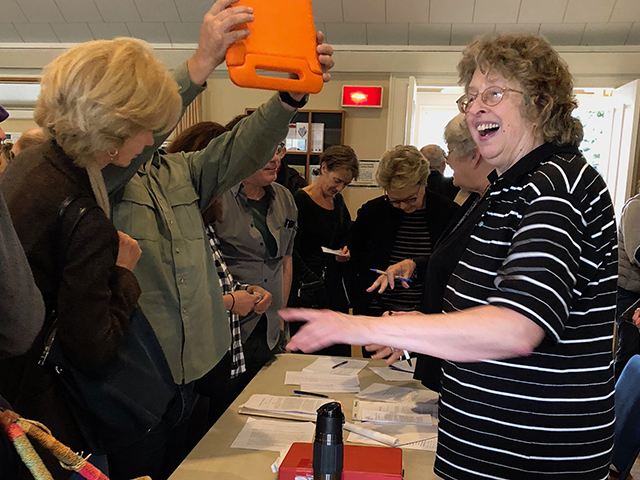Driver Sought in East Hampton Hit-and-Run
Driver Sought in East Hampton Hit-and-Run
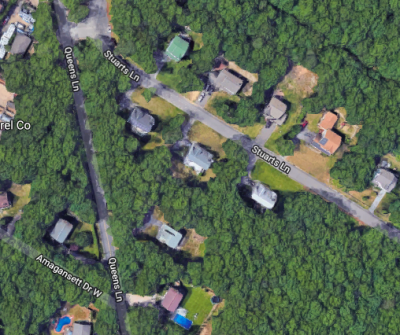
East Hampton Town police are looking for the driver in a hit-and-run accident on Tuesday evening.
A 17-year-old boy was walking northwest on Queens Lane, near Stuart's Lane, in East Hampton when he was struck by a vehicle from behind just before 6:30 p.m, according to a press release on Wednesday. The driver fled the scene in the vehicle.
Detective Sgt. Dan Toia declined to release the victim's name due to his age.
The victim was airlifted to Stony Brook University Hospital, where he was treated and released.
Detectives are asking anyone who may have witnessed the crash or has information about it to contact police at 631-537-7575. All calls will be kept confidential.

